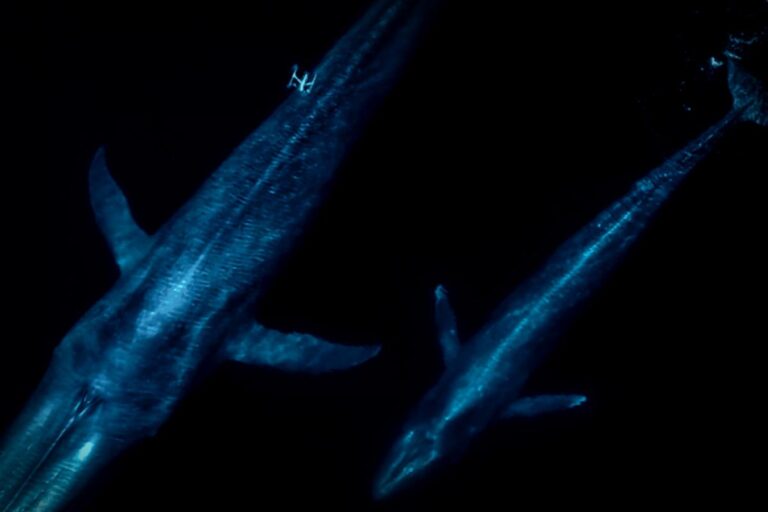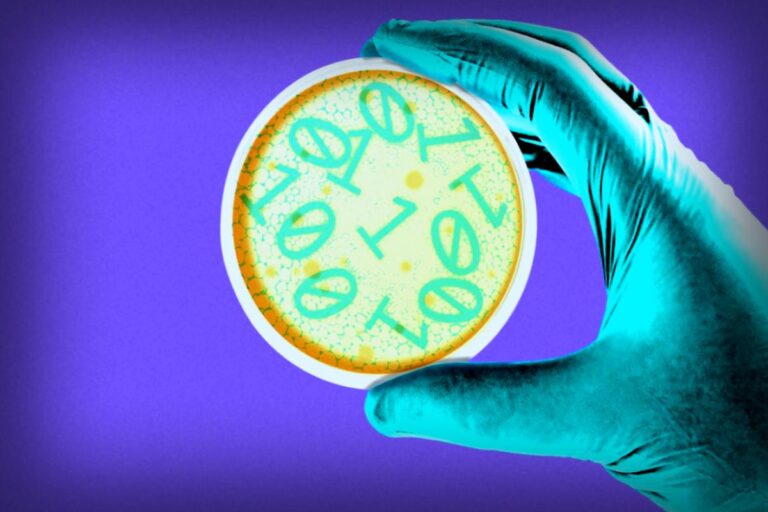Recently, a team from the University of Chemistry and Technology in Prague hit a major milestone by developing a method to synthesize callunene, a natural substance that shields bumblebees from a dangerous gut parasite. During their study, they also discovered that the natural version of this compound exists as an equal mix of two mirror-image forms, which means their synthetic option could directly assist in protecting these vital pollinators.
The research, published in the Journal of Natural Products, sheds light on the threat posed by the parasite known as Crithidia bombi. This pesky protozoan disrupts bumblebee foraging abilities for nectar-rich flowers, leading to starvation and a decline in colony health. The issue is particularly pressing in commercial farming environments that depend on robust pollinator populations. Not to mention, there’s the risk of these parasites spreading from indoor crops to wild bumblebee colonies.
Callunene, a natural protector found in heather nectar (Calluna vulgaris), offers some defense against Crithidia. Bumblebees that visit heather can stave off infections, but the decreasing availability of heathland habitats and challenges in isolating callunene in large quantities make this approach less feasible.
To tackle this issue, Dr. Pavla Perlíkova and her team conducted an innovative five-step synthesis to recreate callunene in a lab setting, ultimately resolving a long-standing question about its three-dimensional structure.
Commenting on the urgency of protecting pollinators, Dr. Perlíkova noted, “We recognized a significant danger to our essential pollinators due to pests like Crithidia bombi. While nature provided a solution in callunene, its rarity made significant application cumbersome. We aimed to make this natural protection more accessible.”
Using cutting-edge analyses, including nuclear magnetic resonance (NMR) spectroscopy, they closely examined their lab-synthesized callunene alongside what was derived from heather honey. The results showed that natural callunene is in fact a racemic mixture—an equal pairing of its enantiomers, or “left-handed” and “right-handed” forms.
Dr. Perlíkova expressed her excitement, saying, “The most thrilling part of our research was figuring out the three-dimensional puzzle of callunene. Understanding that it forms a racemic mixture is a real breakthrough. This means our synthetic version will be bio-identical for the purpose of protecting pollinator colonies. We can produce it in necessary quantities, paving the way for vital studies on its effects. This really lifts significant economic and technical hurdles out of the way.”
This discovery carries enormous implications. Because this synthetic callunene doesn’t need a separate step to purify the enantiomers, it can be used right away as a food additive for pollinators—providing a novel means to shield them against parasitic illnesses. This research leaves the door wide open for future explorations and enhances the development of new preventative treatments to secure the health of these crucial insects.
Further reading: Jiří Ferenczei et al, Stereoanalysis of the Antiparasitic Natural Product Callunene and Its Synthetic Intermediates, Journal of Natural Products (2025). DOI: 10.1021/acs.jnatprod.4c01424
Article sourced from the University of Chemistry and Technology Prague.




















